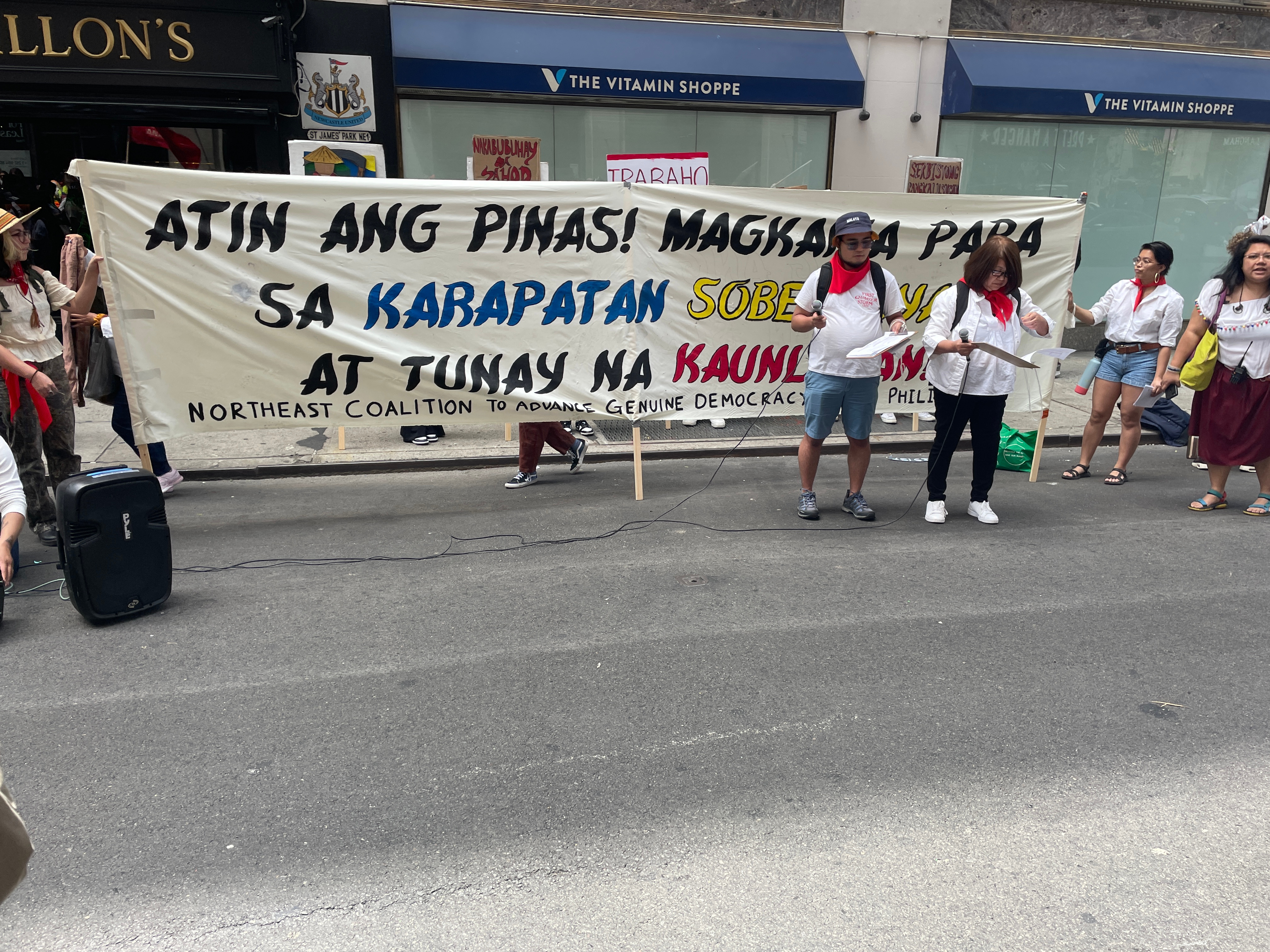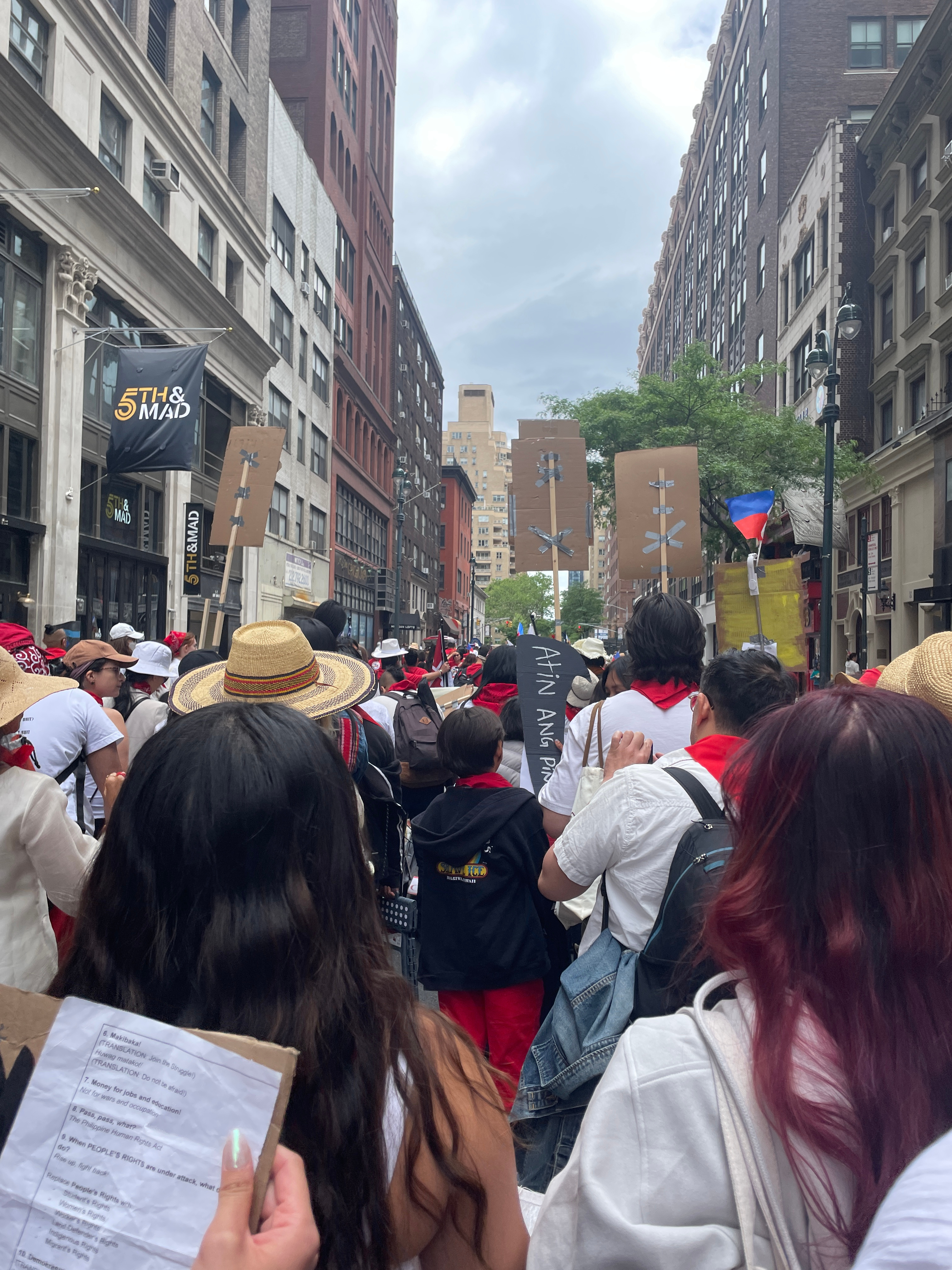How to Productively Channel Rage
Rage is a tricky emotion, misunderstood by many as simply being synonymous with anger. Rage is a nebula of thoughts and feelings that go in every direction. Rage is often equated with violence, stigmatized and bottled up until a person can take no more. I had not yet reached this point, but it was getting there. This rage, that had quietly started as a young teenager, was about to bubble over.
As a Filipina-Jewish American, I never knew my place. I was raised with both cultures, but I was 100% of neither. (Mixed kid problems, I suppose.) School was confusing for me. I felt lost in my own identity, constantly bombarded with the fact that choosing either side was not an option. I’m sure many can relate with my experience, but I did not see anyone who looked like me in my classes, and when it came time to learn about both my cultures, especially my Filipino culture, I observed that the Philippines was represented as a poor, “backwards”, forever-colonial country. In other words, the nation where many of my family members still lived and from which my grandparents emigrated for a better life was infantilized and exploited. Even as a child, I knew that this Western colonial portrayal was far from the truth. My Filipino culture was rich and beautiful. Why couldn’t others see the same?
Fast forward to my Laidlaw Leadership in Action summer. To be perfectly transparent, I struggled to find my bearings. I still lived with the rage of being inaccurately and under-represented in the classroom. To make matters worse, the Marcos family rose to power again, threatening the safety and welfare of all Philippine citizens. I was in shock how quickly perspectives towards Philippine education changed. Materials were censored. Books were inaccessible. Opportunities for students to learn about their own history were eliminated.
Rage came from everywhere. The fact that I was never represented in any of my classes (even in college). The fact that Marcos was robbing children of their education and endangering everyone. The fact that I was helpless. Over the past two years of my college career, I had joined the Philippine heritage organization on Barnard/Columbia’s campus. I experienced representation and a sense of belonging for the first time in my life. Thus, when it came time to decide on a LIA project, I knew what I wanted to do. (Executing it was a different story, but more on that later.) I wanted to represent my heritage in an educational space. After all, I was on a college campus, right? With the generous support of Sulo: The Philippine Studies Initiative at New York University, I embarked on my project. I initially thought that I would write a few papers about Philippine history and literature, like I did in nearly every one of my Hispanic Studies courses. (You have to start small!) I never believed that there was potential for anything else. I was so engrossed in academia at that point that I forgot about the very community with whom I wanted to connect! Around this time, I joined the Kabataan Alliance, a national alliance of Filipino youth and student organizations aiming to serve the Filipino community here and in the Philippines. In addition to reading and writing at NYU as their KJCC undergraduate scholar in residence, I began my journey in community organizing. With youth from the New York City and Baltimore metro areas, I helped to organize a day-long conference that explored issues of education, overseas foreign labor, domestic labor, and healthcare. On this day, I started to question whether the academic work I had been doing was truly useful. The next day, everything, as cliche as it is for me to write, changed.

June 4th was the Philippine Independence Day Parade in New York City. I had never seen so many Filipinos in my life. It was loud (as per usual) and crowded. I was overjoyed. The Kabataan Alliance lined up in our parade formation. We marched down Madison Avenue, chanting against the dictatorship and the United States’ continuous exploitation of the Philippines. And then it struck me while chanting “Edukasyon ni Bonifacio!” I scrapped the paper I had been writing about Philippine sociolinguistics and began to write curricula.
Finally, I had a release for my rage. I channeled all of my energy into building an open-access Philippine literature education website that is set to launch the first day of September in commemoration of Marcos Sr.’s declaration of martial law. I built two courses, one in English and one in Spanish, as well as a community forum based reading list for the various languages in the Philippines. I am very much looking forward to sharing it with all of you.


Please sign in
If you are a registered user on Laidlaw Scholars Network, please sign in